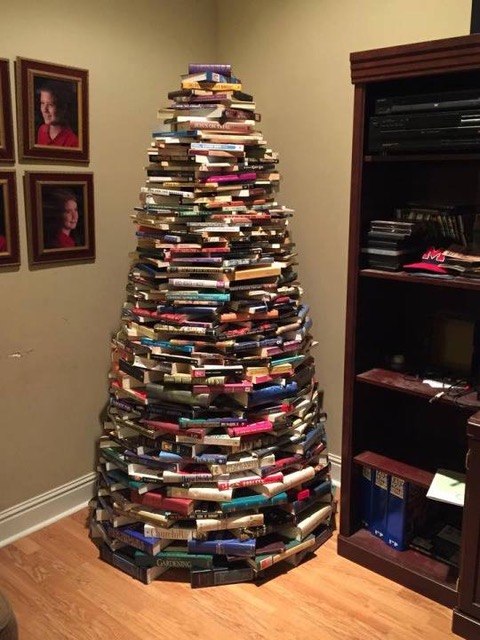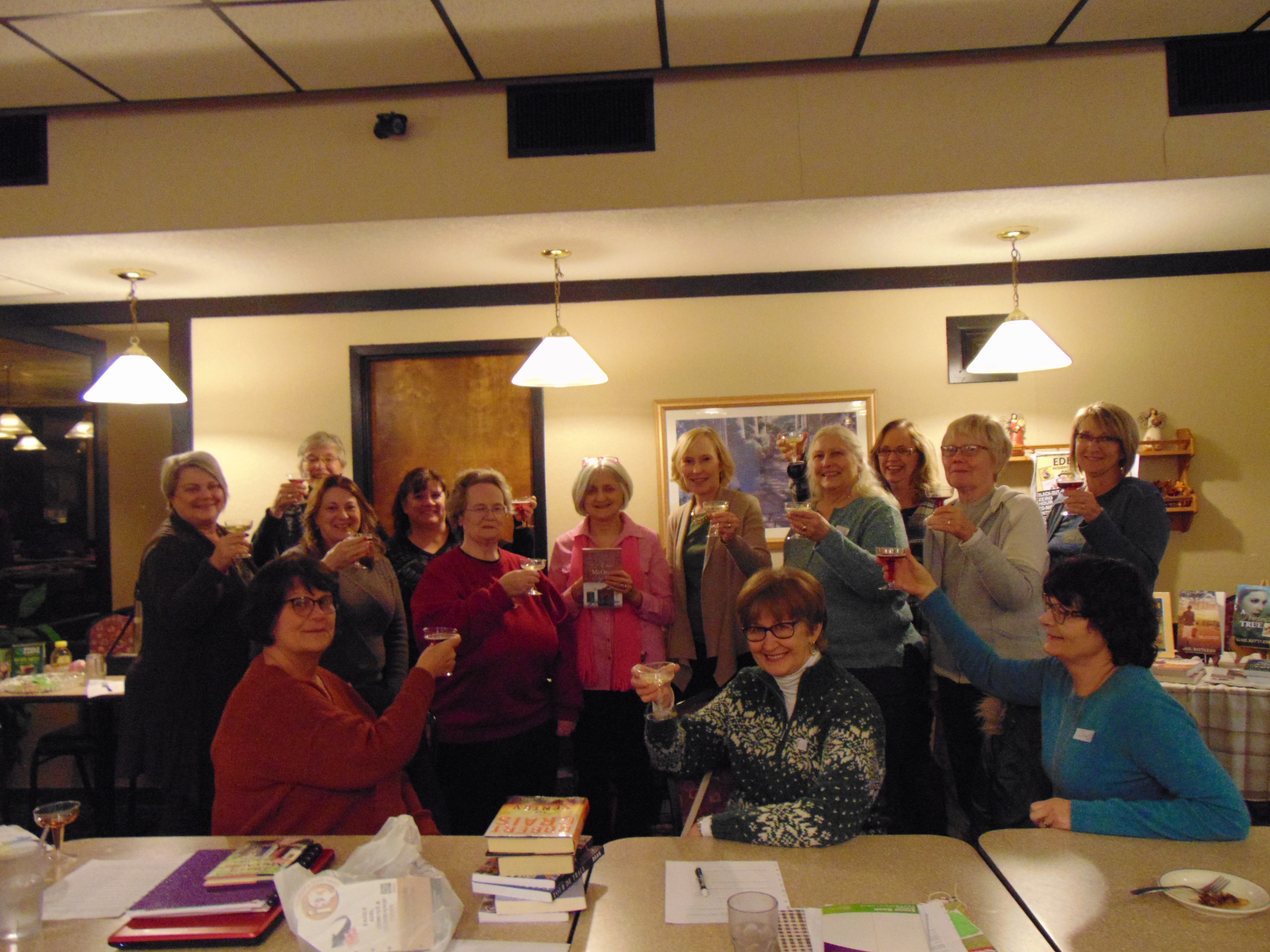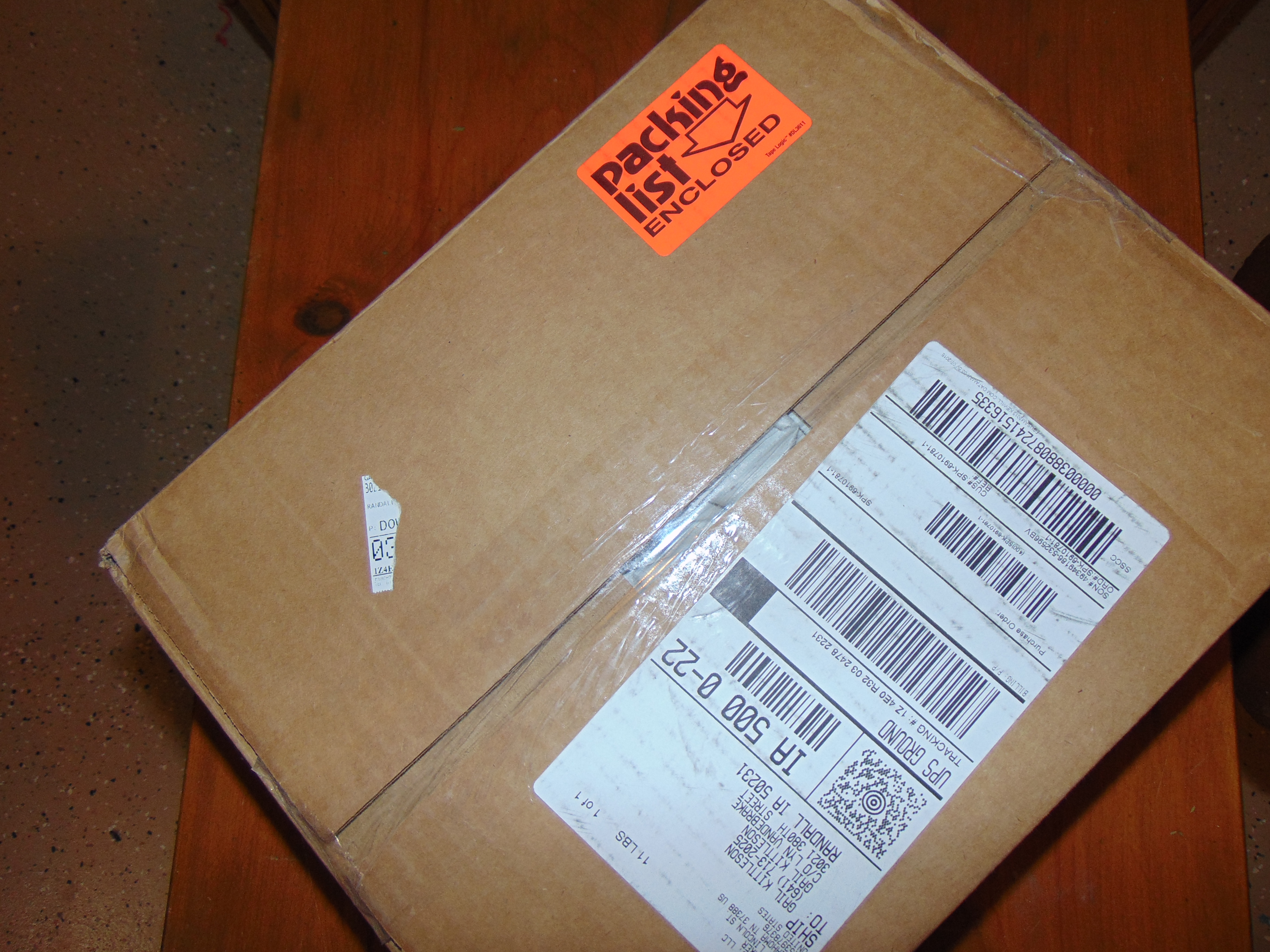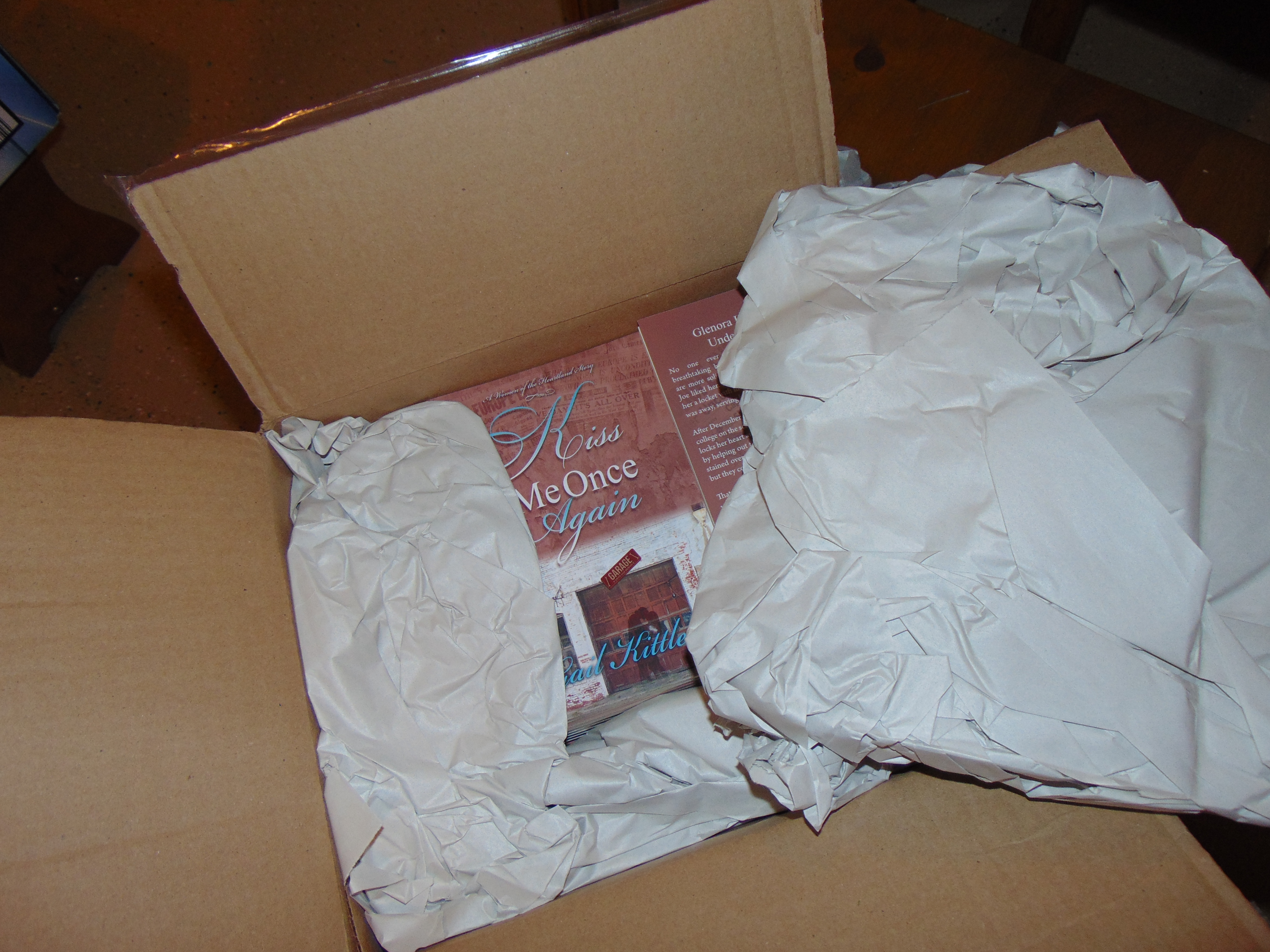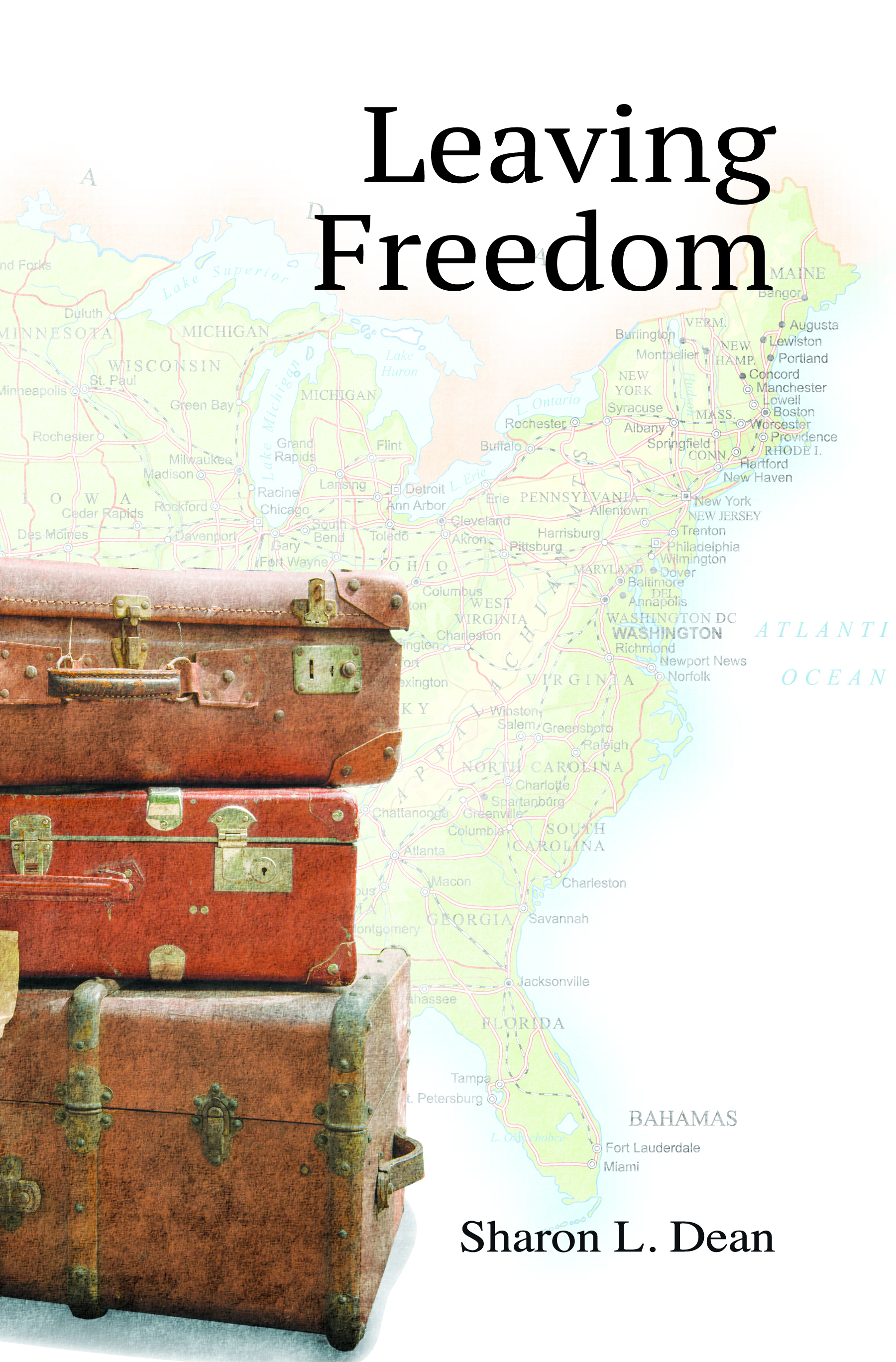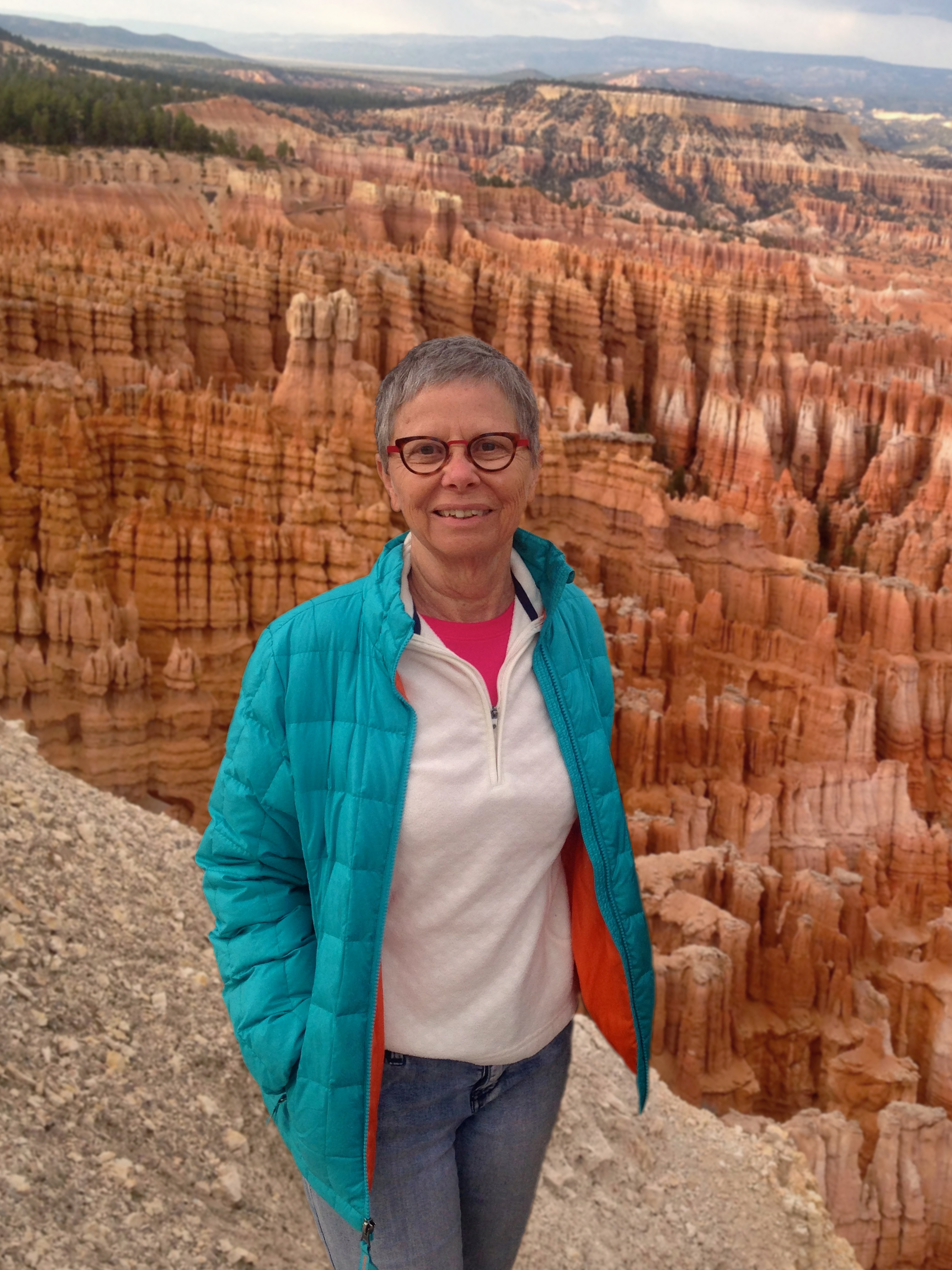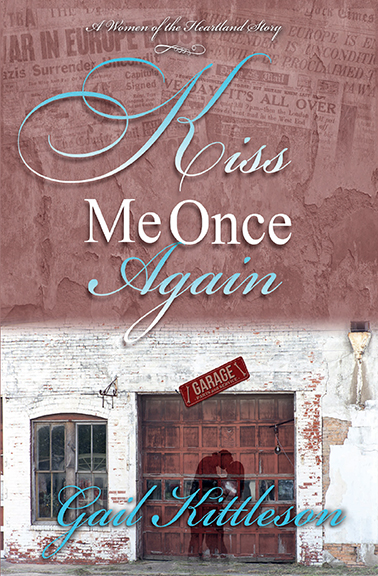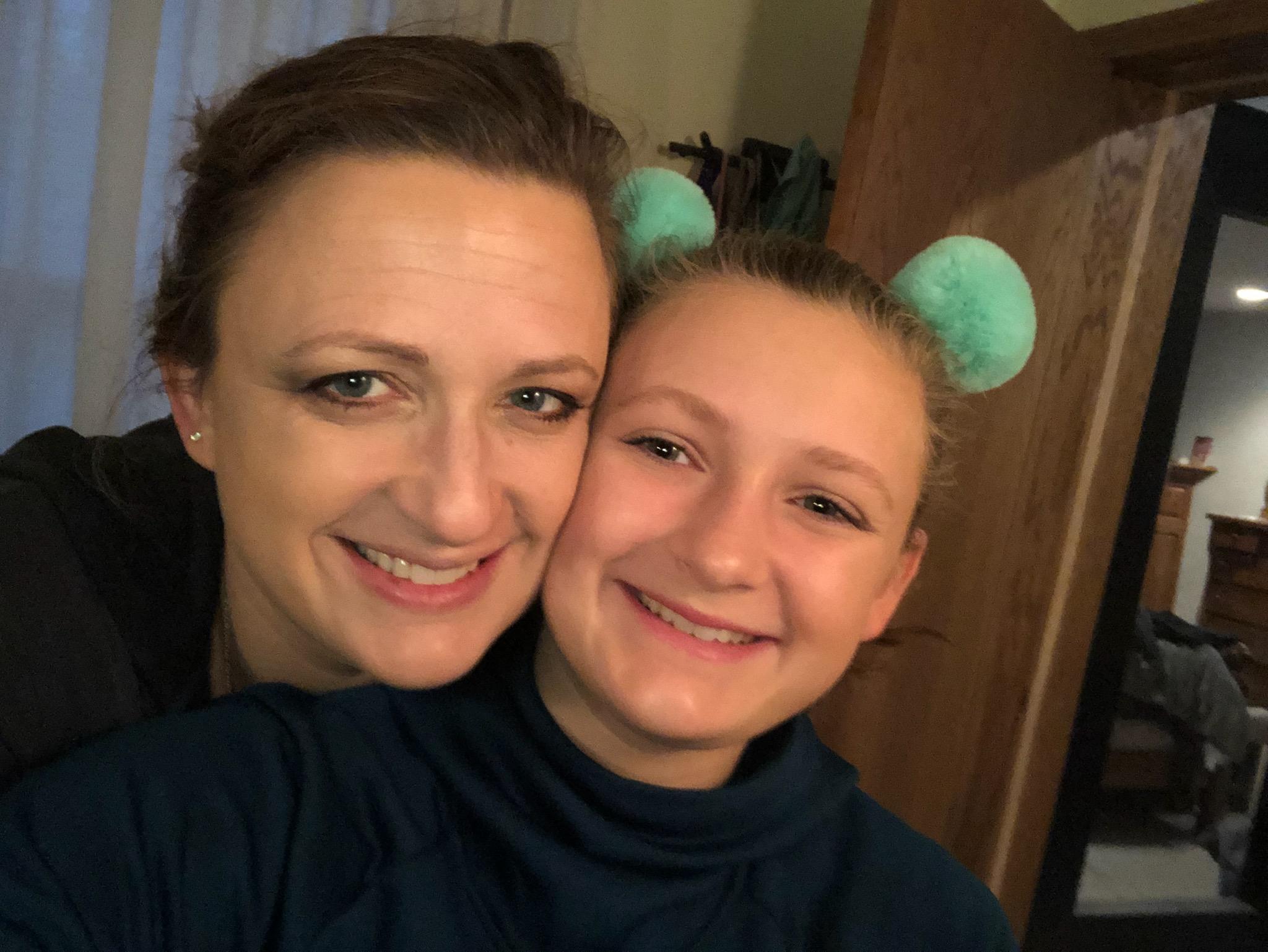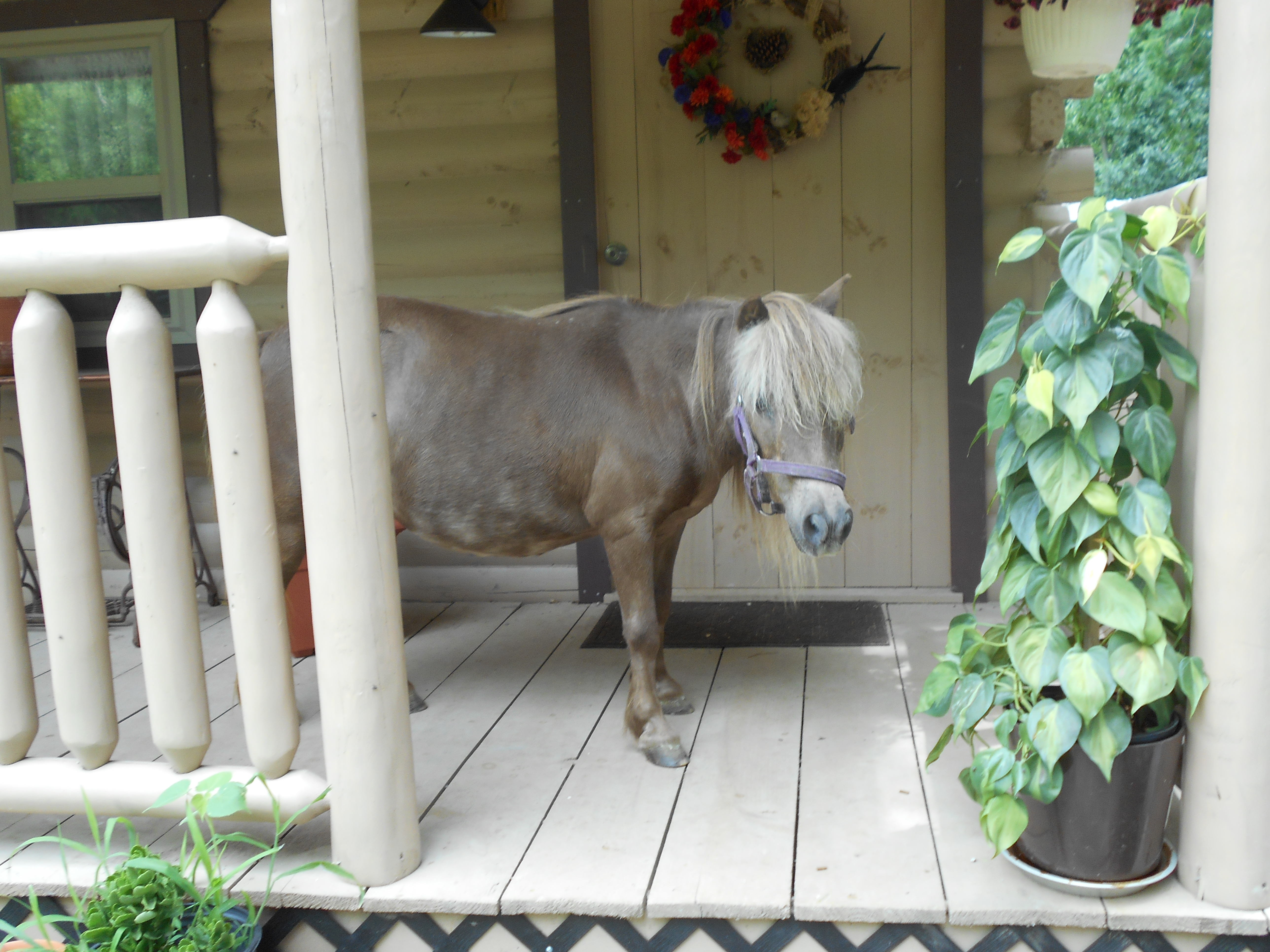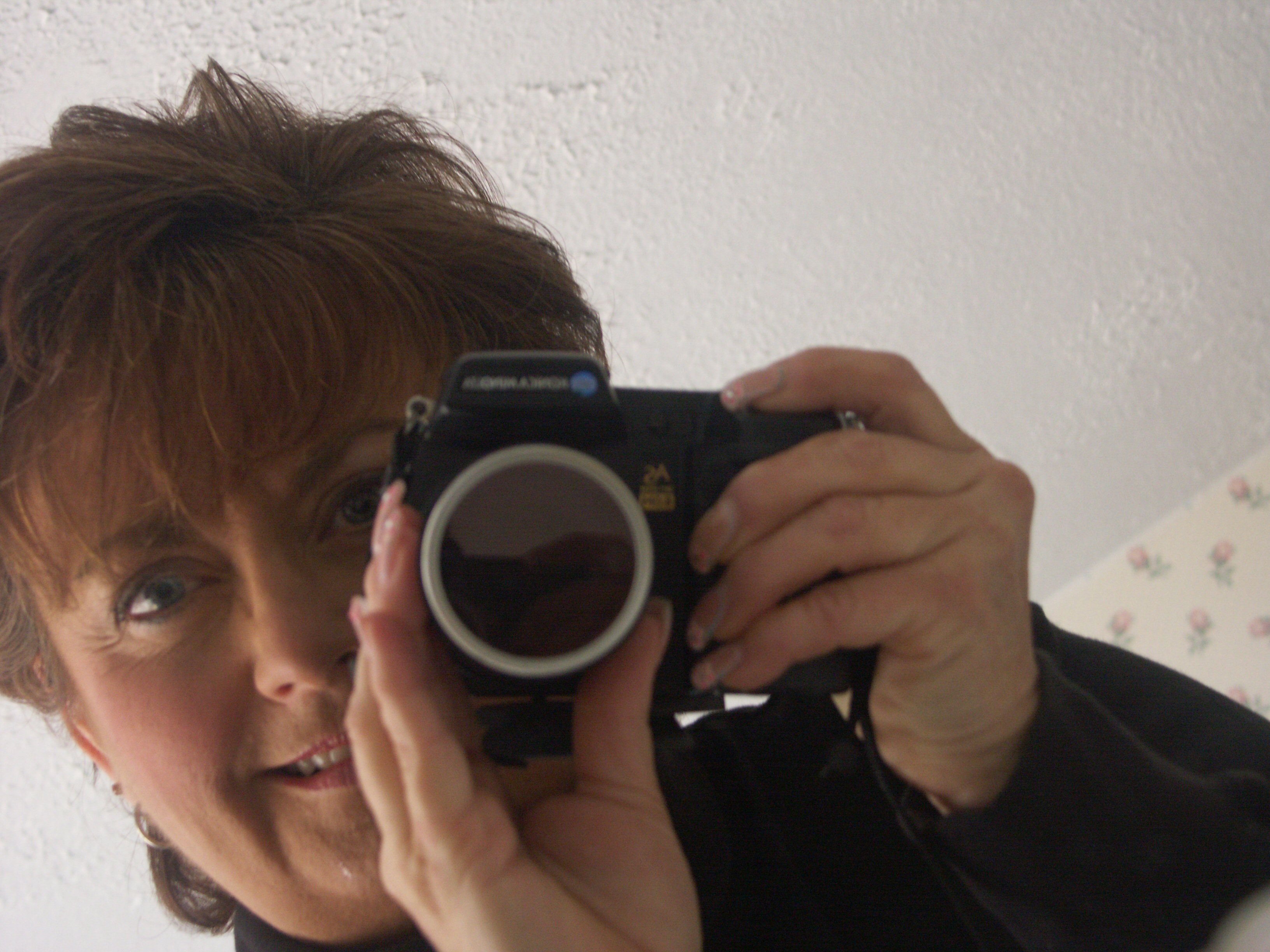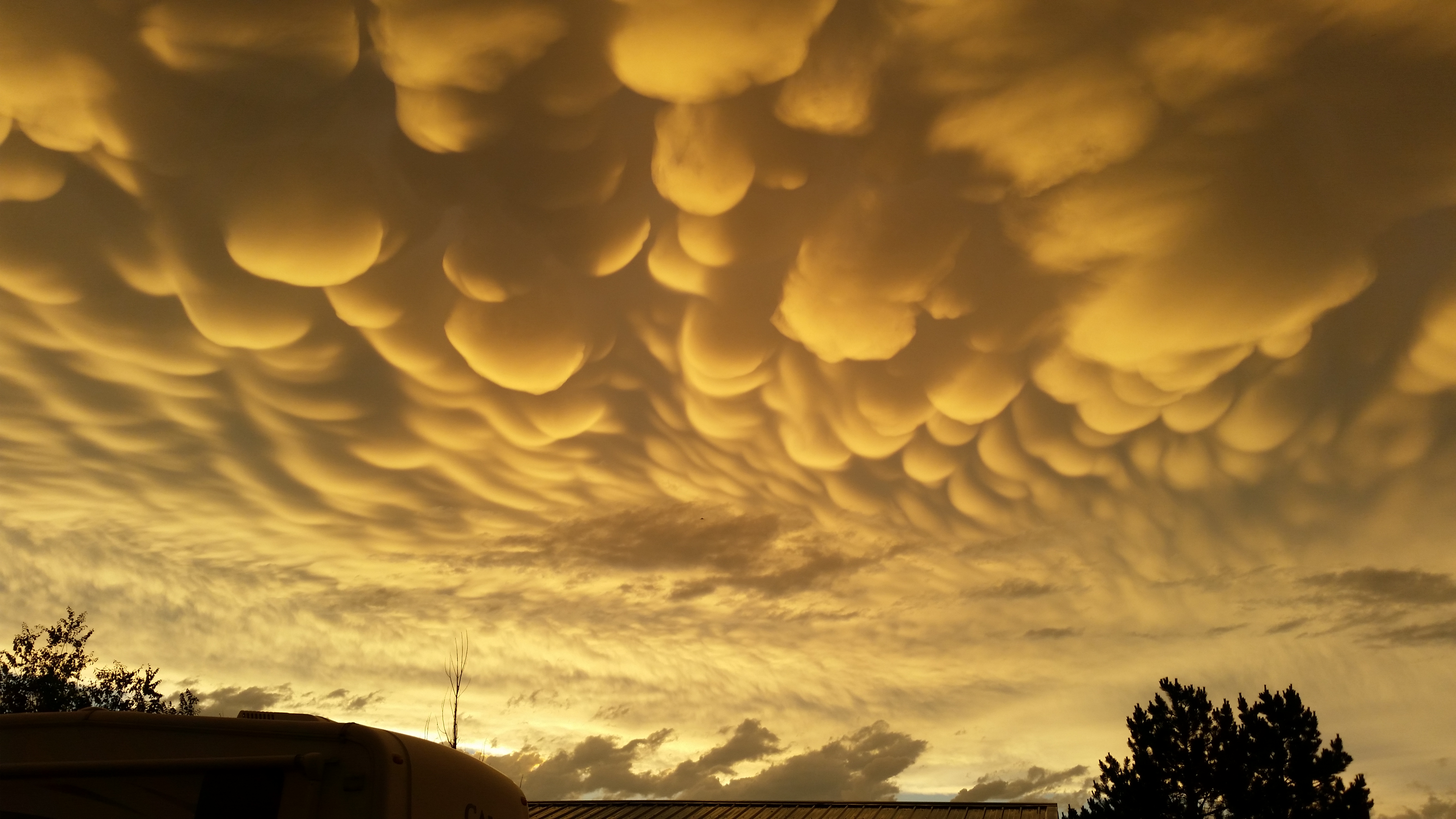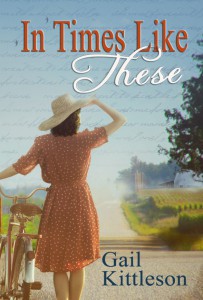Welcome to Ruth Buchanan, who writes FUNNY STUFF -my hat is off to you, Ruth…easier said than done. And oh, how our serious old world needs to laugh! Besides her gift of humor, Ruth is offering a commenter a digital copy of Collapsible (U.S. only).
The Four Perils of Wit
I write comedy because I love laughter. It’s a gift from God, and sharing that gift with others is immensely satisfying. There are, however, some distinct downsides to writing humor.
Peril 1: Making jokes nobody understands.
When you make jokes nobody understands, you’re impressing nobody but yourself. The key is to know your audience and think of what they’d enjoy rather than seeking to highlight your own wit.
Peril 2: Feeling that you must meet expectations.
Sure, you can deliver droll dialogue in books and plays, but that doesn’t mean you can do the same thing in real time—or that you should even try. In attempting to be “on” all the time despite dips in mood, intermittent personal struggles, or a sluggish mental state, you may wind up trying too hard and displaying a grotesque parody of humor that delights no one.
Peril 3: Encountering the assumption that you don’t think too deeply.
People tend to equate seriousness with depth and laughter with flippancy. Although there’s some truth at the core of the assumption, it’s still a dangerous over-generalization. Yes, it doesn’t cost much to be flippant, but not all humor is flippant and not all earnestness solemn. There is a type of joy that is serious and a type of humor that is actually quite sad.
Peril 4: Allowing wit to trump all other considerations.
One of the worst perils of wit is the danger of letting the words fly without first considering the ramifications. When we write, input from early readers and editors can help us temper our impulses in subsequent drafts.
In conversation, however, it’s another matter. Those with quick wits will often allow their tongues to run ahead, speaking first and considering the consequences later.
This is perhaps the greatest peril of wit, and one not easily remedied.
Fortunately, there is hope.
Combatting the Danger
The best way to combat the danger is to fill your mind with things worthy of being said. That way whenever you do speak, you have a significantly lower likelihood of saying something foolish.
In his letter to the Philippians, the Apostle Paul sets the standard: “whatever is true, whatever is honorable, whatever is just, whatever is pure, whatever is lovely, whatever is commendable, if there is any excellence, if there is anything worthy of praise, think about these things.”
Let us think on worthy things so that we may speak worthily.
In this way, we combat the worst perils of wit.
About Ruth
Ruth Buchanan is a Christian freelance writer who holds degrees in ministry and theology. She writes fiction, non-fiction, plays, and sacred scripts. She’s an eager reader, an enthusiastic traveler, and the world’s most reluctant runner. Ruth loves Jesus, family, church, friends, and coffee. She lives and works in South Florida. You can learn more about her and her books by visiting RuthBuchananAuthor.comor following her on social media.
Twitter| Instagram| Goodreads
Check Out Book 1 in the Collapsible trilogy!
Rachel Cooper has life under control: good job, good friends, and good plans for the future. All of that collapses one early morning when she falls and breaks her ankle. Now she must face the horrors of preparing for an upcoming move and handling her tenth year of teaching while clomping around on crutches. Worse, somewhere in the shadows, the Memento Killer lurks—a serial murderer who stalks women with four anonymous gifts before moving in for the kill. When unexpected presents begin arriving on Rachel’s doorstep, she fears that she’ll soon be crutching for her life. Check out Collapsible: A novel of friendship, broken bones, coffee, shenanigans, and the occasional murder.
